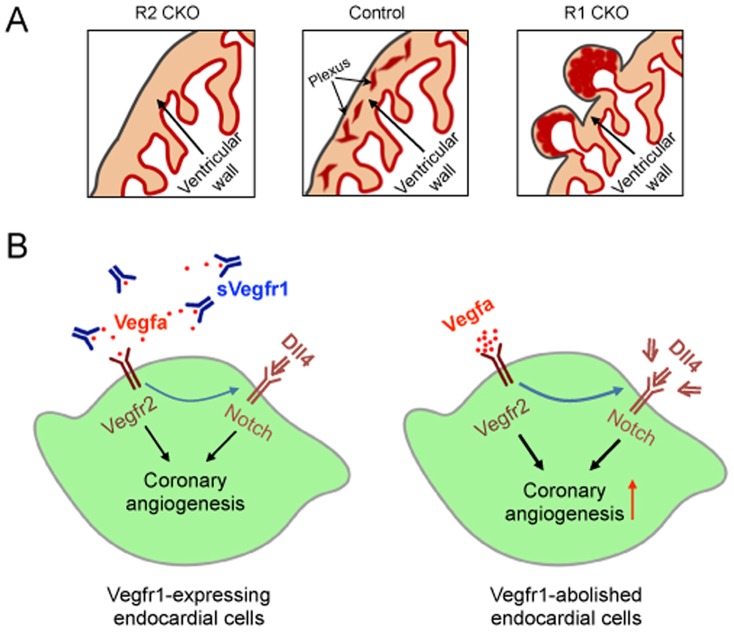Figure 8. Working model shows the Vegf-Notch signaling in the ventricular endocardium that regulates coronary angiogenesis by the ventricular endocardial cells.
A, Schematics showing that a balanced Vegf signaling in the endocardium (Control) is essential for the coronary angiogenesis by the ventricular endocardial cells. When the Vegf signaling in the endocardium is disrupted by deleting the proangiogenic Vegfr2 (R2 CKO) [27] or the anti-angiogenic Vegfr1 (R1 CKO; this study), the coronary angiogenesis is blocked or accelerated, respectively. B, Diagrams depicting a mode of controlled Vegf-Notch signaling that is necessary for normal coronary angiogenesis. Enhanced Vegf2 signaling in the endocardial cells by removal of the inhibitory sVegfr1 results in the increased Dll4 expression and accelerated augmented coronary angiogenesis whereas blocking Notch signaling prohibits the process (not shown in the diagrams), suggesting that balanced Vegf and Notch signals collaborate in the endocardial cells to control the coronary angiogenesis.

